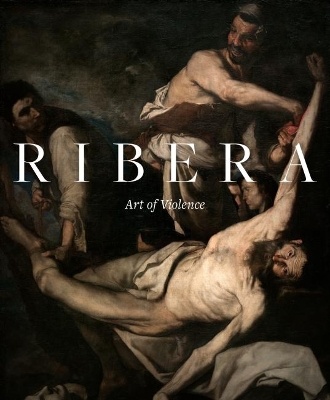Explores the representation of highly realistic and violent subjects in the paintings, prints and drawings of Jusepe de Ribera (15911652). The Spanish Baroque artist and printmaker, Jusepe de Ribera (15911652), has long been celebrated for his depictions of human suffering - faces contorted in pain, mutilated bodies, sagging flesh, and deformed bodies. This new volume explores, for the first time, the theme of violence in Ribera's work to demonstrate how his images are neither the product of his supposed sadism nor the expression of a purely aesthetic interest, but rather involve a complex artistic, religious and cultural engagement in the depiction of bodily suffering, challenging visitors to look beyond the shocking imagery. Born in Jativa, Valencia, Ribera spent most of his career in Naples, southern Italy, where he influenced many Neapolitan masters including Salvator Rosa and Luca Giordano. He is often regarded as the heir to Caravaggio for his dramatic use of light and shadow, and his practice of painting directly from the live model. His prints and paintings alike had an enormous impact on the development of Baroque art all over Europe. AUTHORS: Edward Payne is senior curator of Spanish Art, Auckland Castle, UK. Dr Xavier Bray is the director of the Wallace Collection, London. SELLING POINTS: . Reveals the visual impact, sheer variety, and scope of Ribera's work, and its enormous importance on the future of European art. . Introduces the reader to some of his most captivating works, addressing an aspect of Ribera's artistic production for which he has been celebrated since the seventeenth century. . Demonstrates how Ribera's images of violence are multi-layered in their interpretations, and complex in their emphasis on the overlapping experiences of the victim, the executioner and the spectator. 86 colour images
- ISBN13 9781911282327
- Publish Date 17 September 2018
- Publish Status Active
- Publish Country GB
- Publisher D Giles Ltd
- Imprint GILES
- Format Hardcover
- Pages 156
- Language English
